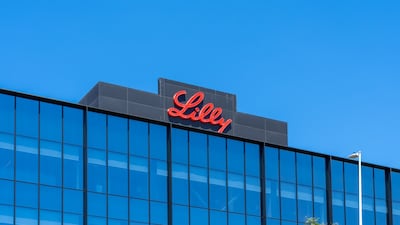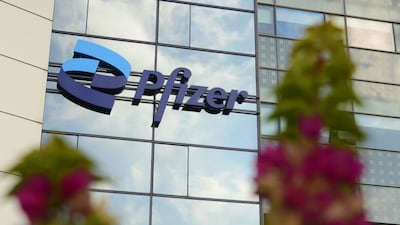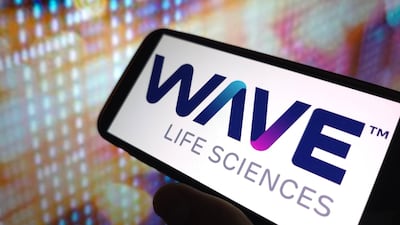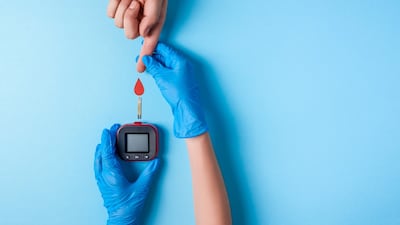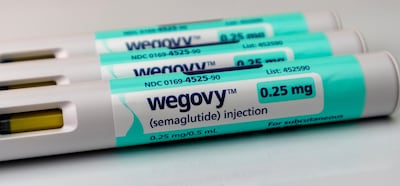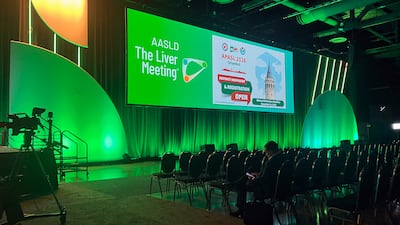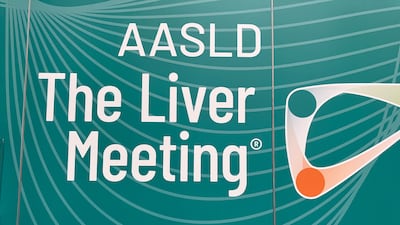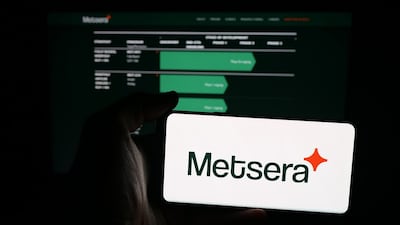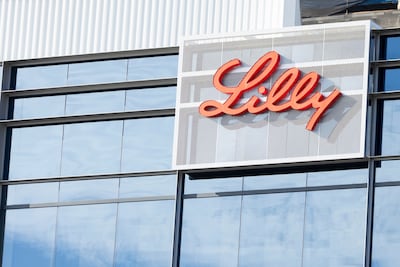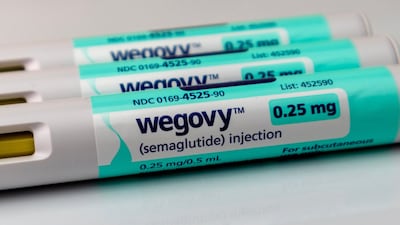Alimentary/Metabolic
Triple agonist retatrutide yielded 28.7% weight loss at 68 weeks, besting Zepbound’s Phase III data, while also showing benefit in knee osteoarthritis pain.
With its M&A war chest diminished and still seeking to add to its weight-management pipeline, Pfizer obtains an oral GLP-1 analog from Fosun subsidiary YaoPharma.
WVE-007 could be a "powerful disruptor" to the existing obesity market, says the company, which is set to raise $250m to fund its Phase II studies.
The oral GLP-1 showed efficacy on par with Lilly’s orforglipron, positioning it as a contender in the red-hot obesity drug market.
In the head-to-head Phase III HARMONY trial in metformin-failed type 2 diabetes, HighTide's HTD1801 yielded a mean 1.12% reduction in HbA1c from baseline at 24 weeks, versus 0.93% for AstraZeneca’s Farxiga.
New Phase II data in type 2 diabetes for Novo Nordisk’s GLP-1/amylin agonist amycretin shows significant weight loss and HbA1c-lowering potential. A Phase III trial is planned.
Madrigal, Wave Therapeutics and Kailera are in the next wave of cardiometabolic therapy companies, and at Jefferies talked about how US and China-derived innovation can help reach more patients in the US and the rest of the world.
The company announced positive Phase II results for tradipitant among patients taking Wegovy, enabling them to move more quickly to a therapeutic dose, when patients normally need to titrate.
In this series of articles, we look at different mechanisms of actions beyond GLP-1s that could determine the obesity drug landscape in the coming years.
With Novo Nordisk’s Wegovy joining Madrigal’s Rezdiffra as an FDA-approved MASH treatment, doctors now can choose between direct liver benefits or pursuing weight loss.
The company announced it is pausing development of the GLP-1/GLP-2 dual agonist to prioritize petrelinitide and survodutide in obesity.
Sagimet may shift focus to later-stage MASH while it lines up Phase III financing. Altimmune expects its dual agonist to show efficacy and tolerability, while GSK is readying efimosfermin as the third FGF21 analog into Phase III for MASH.
At AASLD, Madrigal presented Phase III open-label data showing resmetirom can improve liver stiffness and other liver health measures in patients with cirrhosis. It hopes for outcomes data in 2027.
Novo Nordisk’s deal with Emcure for semaglutide will launch Poviztra as a second obesity brand in India, improving access to weight loss treatments following a Lilly-Cipla deal for tirzepatide and seems a clever counter to Indian majors planning to launch generic semaglutide next year
Novo backs out, leaving Pfizer to complete its acquisition of the obesity specialist for nearly $3bn more than its initial offer.
Novo Nordisk’s high-dose semaglutide for obesity and Lilly’s oral obesity candidate orforglipron were given priority review vouchers by the US Food and Drug Administration.
The US pharma giant may have a best-in-class amylin agonist to go with incretin blockbuster Zepbound, but challengers could still go one better on safety and tolerability.
Wegovy and Zepbound will cost around $250 per month under Medicare and Medicaid, and the drugs will cost around $350 per month through TrumpRx.
The drugmaker presented positive data from its Phase II study at ObesityWeek that help validate the amylin class overall, which includes more than a dozen entrants.
Novo has lost its lead in the US obesity market but is banking on increasing US patient access and expanding global markets to sustain growth as it continues its fight for Metsera.

